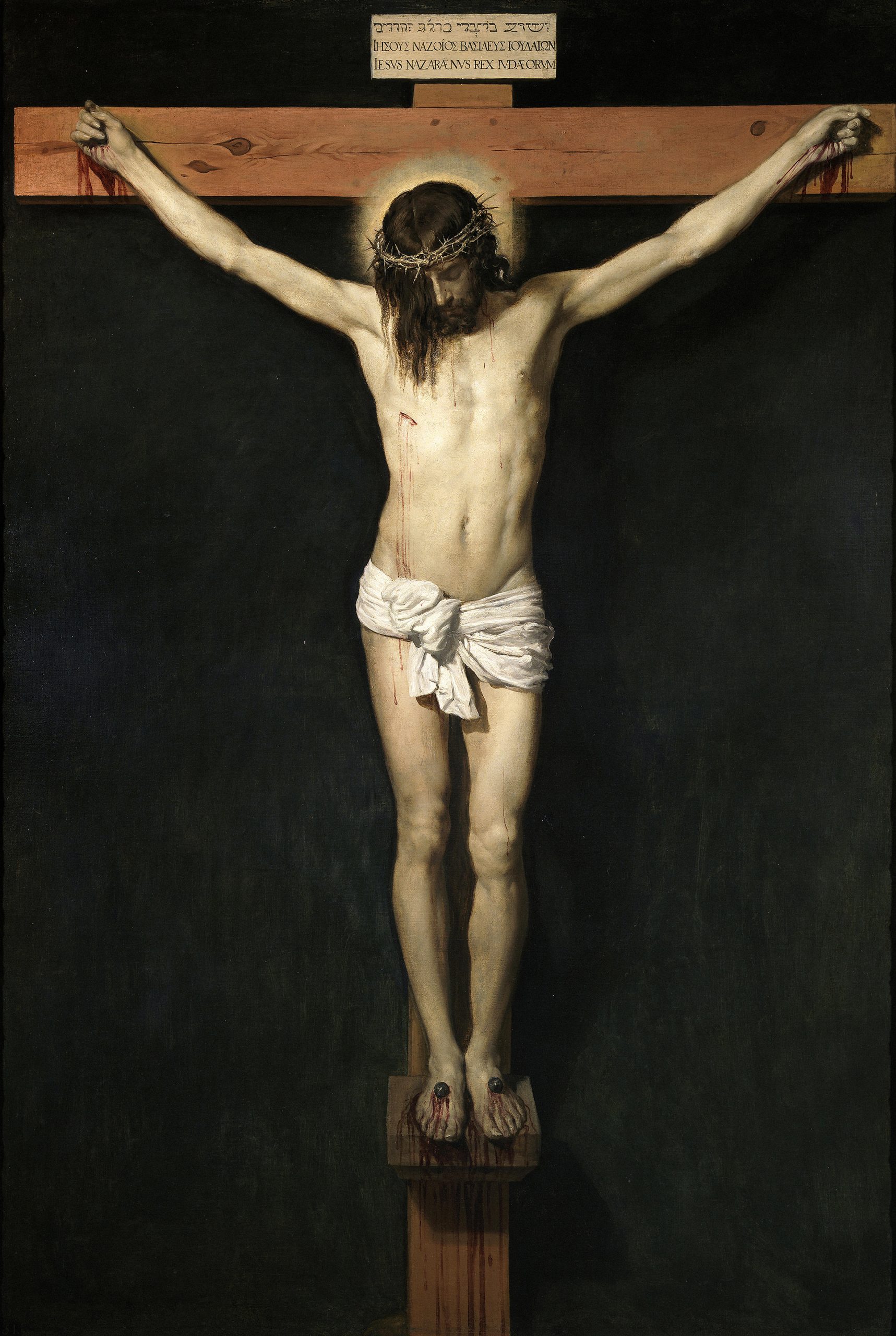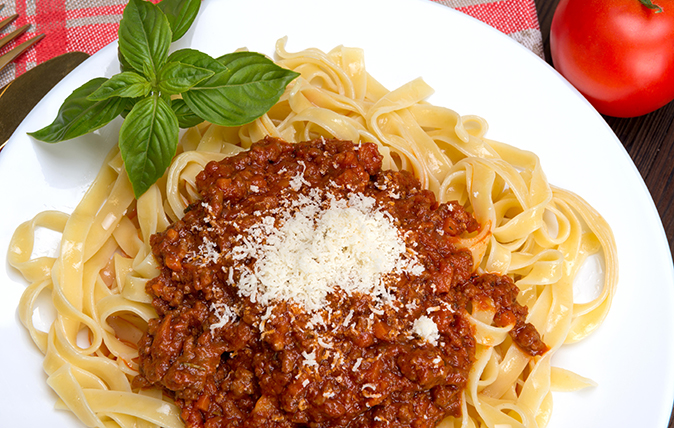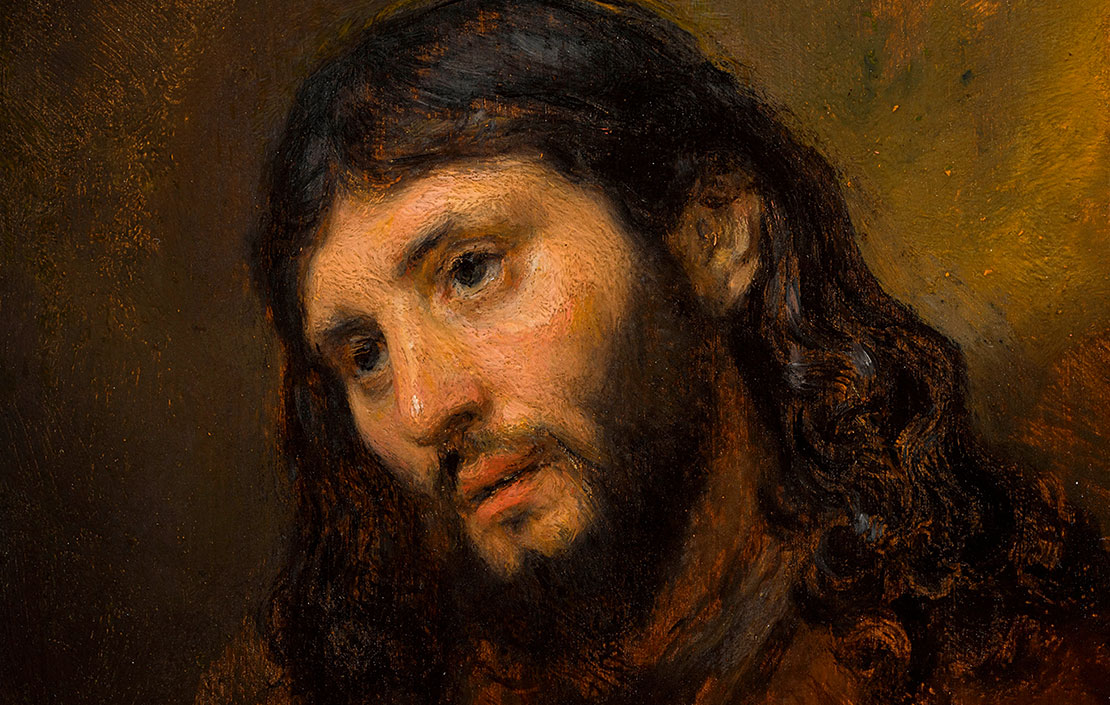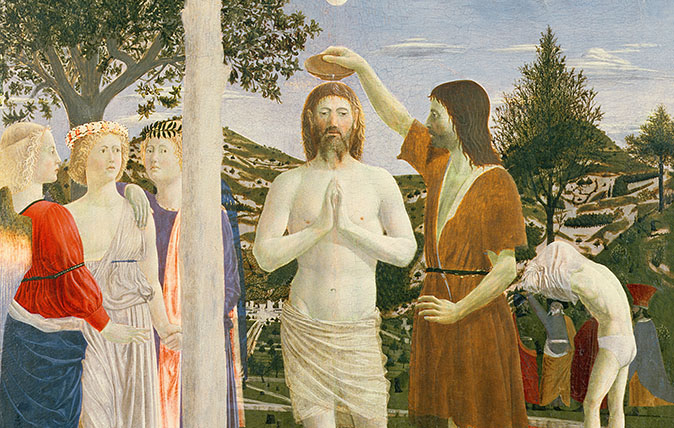My Favourite Painting: Nick Herbert
Lord Herbert of South Downs chooses a classic Velázquez image which paints the Son of God as 'the most beautiful creature that God ever created'.


Nick Herbert on his choice, Christ Crucified by Diego Velázquez
‘I was intensely moved by this painting when I first I saw it in the Prado and it still affects me deeply. The unusual black background, the physical realism of Christ’s body and its extraordinary lighting transmit His human vulnerability; here is a figure of serene beauty and lonely suffering.
‘I find myself simultaneously unable to avert my eyes, yet overwhelmingly saddened by the cruelty of the Crucifixion, captive to what one Spanish poet described as “complete humanity in the uncreated light that never dies”.’
Nick Herbert, aka Lord Herbert of South Downs, is chairman of the Countryside Alliance
John McEwen on Christ Crucified and Velázquez
This picture was probably commissioned in the 17th century for the Benedictine Convent of San Plácido in Madrid. Historians date it stylistically to the year Velázquez returned from Italy: the Apollonian perfection and pallor of Christ recall the work of Guido Reni; the dramatic light and shade the influence of Caravaggio.
The super-focus of its naturalism, even down to the superior carpentry of the Cross, gives it an ethereal quality that reflects the belief that Christ, as Son of God, had to be the most physically, as well as spiritually, perfect of men. It is in keeping that His divine halo is not a detached ring, but a glowing emanation.
The belief is voiced in the Messianic Psalm, Vulgate 44, 3: Speciosus forma es prae filiis hominum (Thou art the most beautiful of the sons of men). The Vulgate was St Jerome’s 4th-century translation of the Hebrew Bible, ‘Messianic’ those passages interpreted by Christian theologians as predicting the coming of Christ, the Messiah.
The artist Francisco Pacheco, Velázquez’s master and father-in-law, wrote:
‘Christ, Our Lord, had no earthly father and thus completely resembled His Mother who, after Him, was the most beautiful creature that God ever created.’
Velázquez followed Pacheco’s iconography for the Crucifixion: the arms forming a curve rather than being at right angles, with four nails and His feet side by side on a supportive ledge. It is a gentler rendering of the torture, further idealised by the exclusion of body hair in the Classical manner.
The picture became privately owned in the 19th century and was given to the Prado by Ferdinand VII (1784–1833).
Sign up for the Country Life Newsletter
Exquisite houses, the beauty of Nature, and how to get the most from your life, straight to your inbox.

Credit: Leonid Shtandel / Alamy Stock Photo
Greatest recipes ever: Anna Del Conte’s ragù bolognese sauce
Tom Parker Bowles chooses Anna Del Conte’s ragù bolognese sauce as one of his greatest recipes ever.

In Focus: The Rembrandt portrayal of Christ which contains the fingerprints of the great master himself
A wonderful Rembrandt that went under the hammer recently contains a fascinating imprint of its creator, as Huon Mallalieu reports.

My favourite painting: Lady Sarah Chatto
‘I find the colours and the drawing of the Italian landscape inspirational and each time I stand and contemplate this painting,
Country Life is unlike any other magazine: the only glossy weekly on the newsstand and the only magazine that has been guest-edited by HRH The King not once, but twice. It is a celebration of modern rural life and all its diverse joys and pleasures — that was first published in Queen Victoria's Diamond Jubilee year. Our eclectic mixture of witty and informative content — from the most up-to-date property news and commentary and a coveted glimpse inside some of the UK's best houses and gardens, to gardening, the arts and interior design, written by experts in their field — still cannot be found in print or online, anywhere else.
-
 Vertigo at Victoria Falls, a sunset surrounded by lions and swimming in the Nile: A journey from Cape Town to Cairo
Vertigo at Victoria Falls, a sunset surrounded by lions and swimming in the Nile: A journey from Cape Town to CairoWhy do we travel and who inspires us to do so? Chris Wallace went in search of answers on his own epic journey the length of Africa.
By Christopher Wallace
-
 A gorgeous Scottish cottage with contemporary interiors on the bonny banks of the River Tay
A gorgeous Scottish cottage with contemporary interiors on the bonny banks of the River TayCarnliath on the edge of Strathtay is a delightful family home set in sensational scenery.
By James Fisher
-
 'As a child I wanted to snuggle up with the dogs and be part of it': Alexia Robinson chooses her favourite painting
'As a child I wanted to snuggle up with the dogs and be part of it': Alexia Robinson chooses her favourite paintingAlexia Robinson, founder of Love British Food, chooses an Edwin Landseer classic.
By Charlotte Mullins
-
 The Pre-Raphaelite painter who swapped 'willowy, nubile women' for stained glass — and created some of the best examples in Britain
The Pre-Raphaelite painter who swapped 'willowy, nubile women' for stained glass — and created some of the best examples in BritainThe painter Edward Burne-Jones turned from paint to glass for much of his career. James Hughes, director of the Victorian Society, chooses a glass masterpiece by Burne-Jones as his favourite 'painting'.
By Charlotte Mullins
-
 'I can’t look away. I’m captivated': The painter who takes years over each portrait, with the only guarantee being that it won't look like the subject
'I can’t look away. I’m captivated': The painter who takes years over each portrait, with the only guarantee being that it won't look like the subjectFor Country Life's My Favourite Painting slot, the writer Emily Howes chooses a work by a daring and challenging artist: Frank Auerbach.
By Toby Keel
-
 My Favourite Painting: Rob Houchen
My Favourite Painting: Rob HouchenThe actor Rob Houchen chooses a bold and challenging Egon Schiele work.
By Charlotte Mullins
-
 My Favourite Painting: Jeremy Clarkson
My Favourite Painting: Jeremy Clarkson'That's why this is my favourite painting. Because it invites you to imagine'
By Charlotte Mullins
-
 The chair of the National Gallery names his favourite from among the 2,300 masterpieces — and it will come as a bit of a shock
The chair of the National Gallery names his favourite from among the 2,300 masterpieces — and it will come as a bit of a shockAs the National Gallery turns 200, the chair of its board of trustees, John Booth, chooses his favourite painting.
By Toby Keel
-
 'A wonderful reminder of what the countryside could and should be': The 200-year-old watercolour of a world fast disappearing
'A wonderful reminder of what the countryside could and should be': The 200-year-old watercolour of a world fast disappearingChristopher Price of the Rare Breed Survival Trust on the bucolic beauty of The Magic Apple Tree by Samuel Palmer, which he nominates as his favourite painting.
By Charlotte Mullins
-
 My favourite painting: Andrew Graham-Dixon
My favourite painting: Andrew Graham-Dixon'Lesson Number One: it’s the pictures that baffle and tantalise you that stay in the mind forever .'
By Country Life